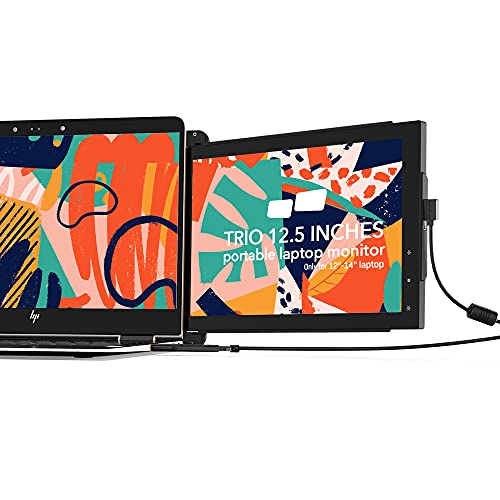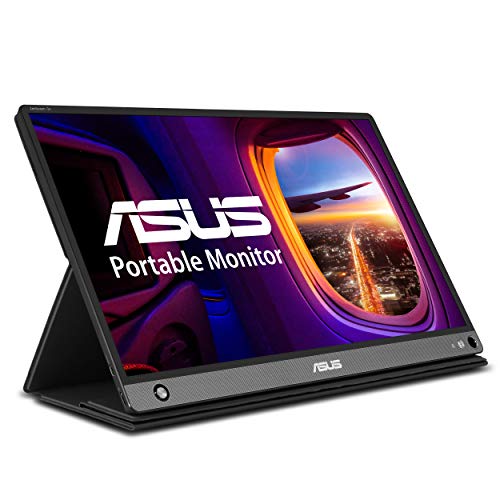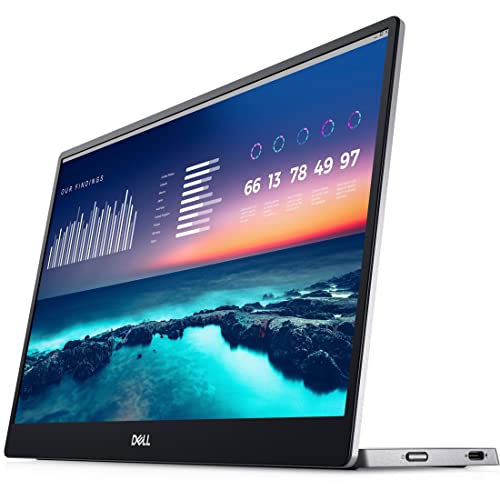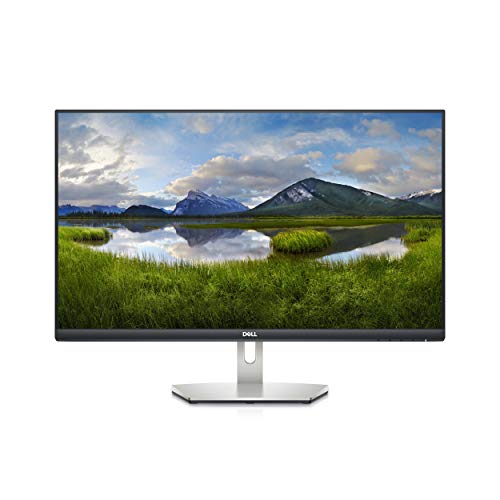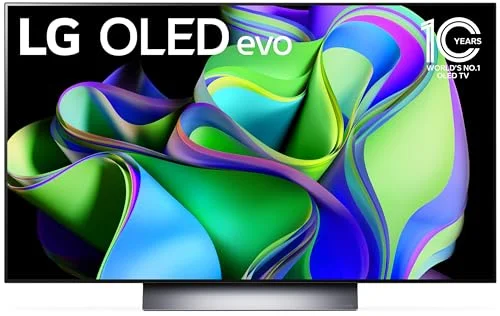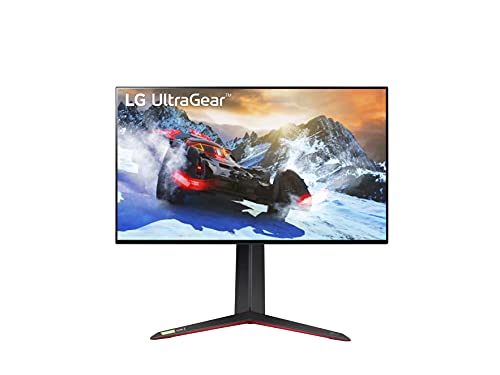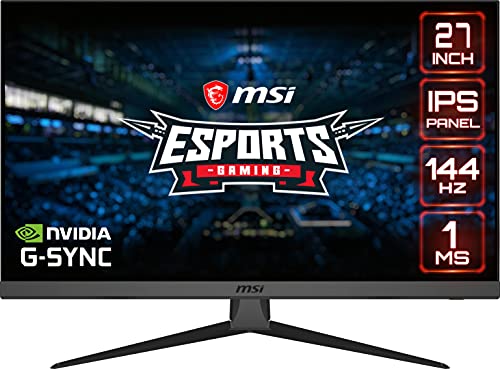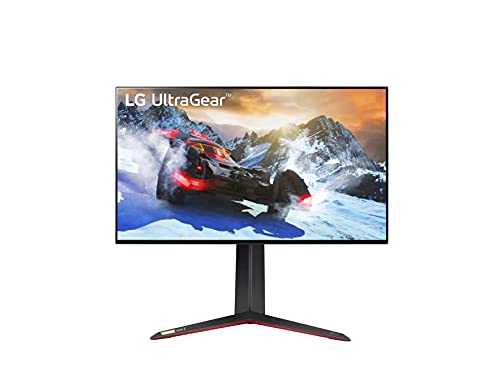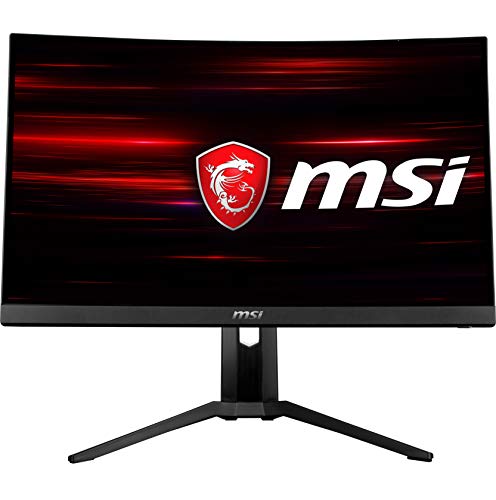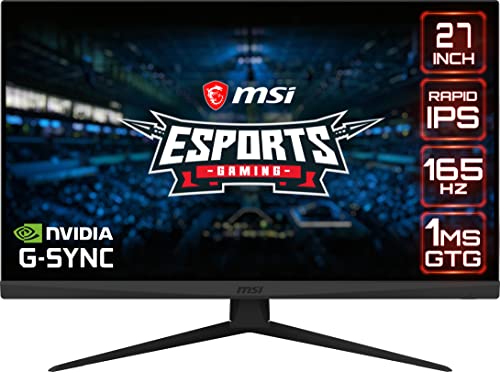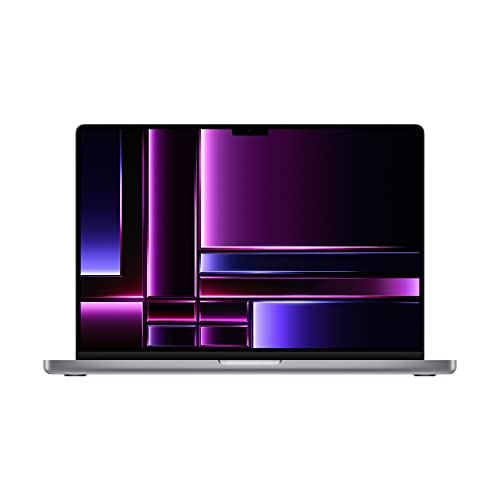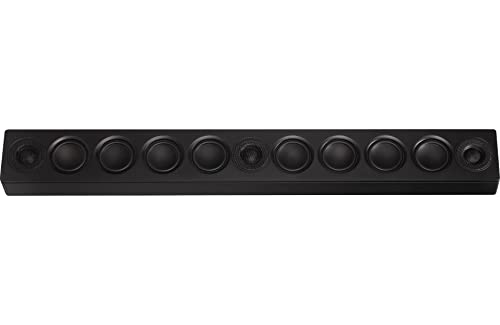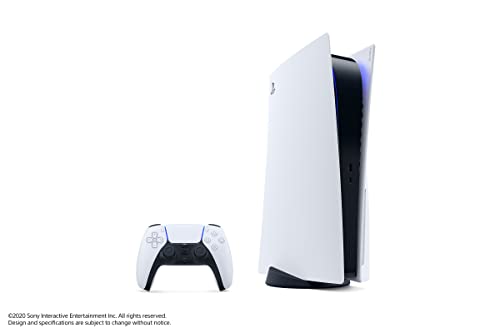When it comes to technology, new advancements mean that previous models become more affordable, and functionality improves over time. With computer monitors and televisions, some of the biggest leaps included transitioning from clunky cases to slim flat screens. And now that LED screens and 4K resolutions are the norms, the next big thing on the horizon is OLED. But while this impressive tech is beginning to become more widely available, so far it’s somewhat limited to televisions rather than modern computer monitors for gaming. And ultimately, this has led to many people wondering why OLED monitors are so hard to find and when the scarcity will end.
What is OLED technology?
OLED stands for organic light-emitting diode and it’s a display technology that results in a brighter and more efficient visual output. More importantly, it allows for a thinner screen and bezel along with being significantly lighter. OLED offers better refresh rates and contrast as compared to LCDs. In short, OLED is stronger than the other IPS vs TN vs VA panel types.
The technology is currently powering televisions and smartphones — which is where a lightweight screen alternative to traditional LEDs can be seductive. Along with more vibrant colors, you’ll get truer images for a better viewing experience. With such powerful tech, you won’t even be thinking about what an IPS computer monitor is.
Yet, another question remains: What about LED and how does it compare to OLED? For more info check out our resource article on LCD vs LED monitors.
But There Are Drawbacks
For everything great about the visual quality and lightweight nature of OLED displays, there’s one major drawback — burn-in. Burn-in refers to a pixel that’s overused to the point where it loses brightness over time. But specifically, burn-in can create ghosting where areas on the screen are permanently discolored. This is especially an issue for computer monitors where static images on a screen are more common. In particular, header and footer bars, as well as file icons may remain for longer periods and result in burn-in.
However, for televisions and smartphones where images are constantly changing on the screen, the risk for burn-in is significantly less. And to that end, premium smartphones and tablets from brands like Apple and Samsung have been incorporating OLED displays for a while now.
Related Posts:
The Computer Monitor Conundrum
While OLED-related burn-in isn’t a serious issue for smartphones or televisions, it’s a major problem for computer monitors. This is because unlike with other devices, it’s not uncommon to have fixed content on a computer screen. Everything from taskbars to file and program icons may sit statically for hours, ultimately accelerating pixel degradation and the risk of burn-in. And to-date, even manufacturers like LG Electronics, Asus, HP, and Dell have all struggled to prevent burn-in on computer monitors.
So Where Are the OLED Monitors?
Although OLED computer monitors aren’t as common as an OLED television, they are out there. One of the first monitors was created by Dell in 2017. Likewise, Asus released its OLED monitor in 2019. And one of the most popular OLED monitors on the market comes from LG Electronics, and the brand plans to expand its offerings with a 27-inch OLED monitor. However, this premium tech comes with a serious price tag.
Related Posts:
Why Are OLED Monitors So Expensive?
There are two factors at play that’s preventing OLED display technology from making the full jump to monitors. Along with the higher risk of burn-in is the fact that televisions and smartphones outperform computer monitors in sales. More people buy OLED televisions and smartphones than those that buy an OLED monitor. And this translates to higher production costs that would ultimately get passed on to the consumer. High costs and lower demand mean that electronics manufacturers aren’t prioritizing the OLED monitor niche.
While OLED monitors are expensive, you can still get great picture quality from LED monitors. You can see the details in our review of the ViewSonic VX2460H LED 24″ monitor.
Who Should Use an OLED Monitor?
If you’re simply typing up reports and browsing the web, an OLED monitor might be more tech than you need. Because many of these monitors boast 4K resolution, they’re best reserved for people who work in graphic, post-production, and design-related fields. One workaround to consider is buying an OLED display and using the HDMI input to connect it to your computer. Still, burn-in will be a concern.
Tip: One workaround to consider is buying an OLED display and using the HDMI input to connect it to your computer
Also note that while OLED monitor roll-outs have been sluggish, OLED display laptops are a growing niche. Samsung is leading the charge with a 15.6-inch display and potential plans to release smaller OLEDs for a wider range of laptops.
STAT:
Although its name looks similar, the OLED is fundamentally different from its cousin the LED used for general lighting and for which the Nobel Prize was awarded in 2014. (source: Wikipedia)
Chemists Ching Wan Tang and Steven Van Slyke at Eastman Kodak built the first practical OLED device in 1987. (source)
Sources:
https://www.oled-info.com/oled-monitor
https://www.oled-info.com/tags/burn-image-retention
https://en.wikipedia.org/wiki/OLED
https://www.japantimes.co.jp/news/2017/04/24/business/tech/ahead-next-iphone-idemitsu-kosan-leads-way-developing-oled-screen/

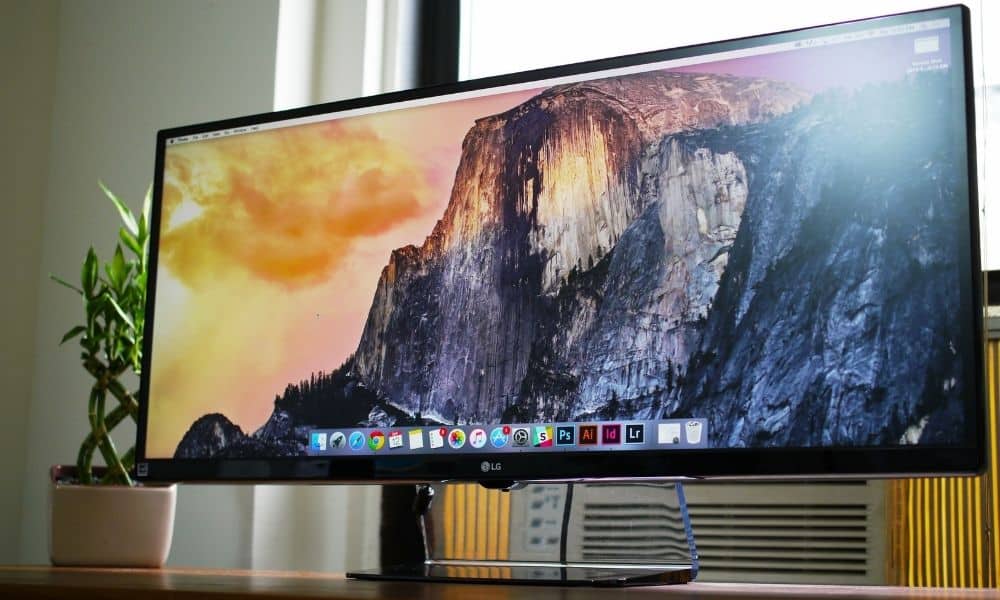














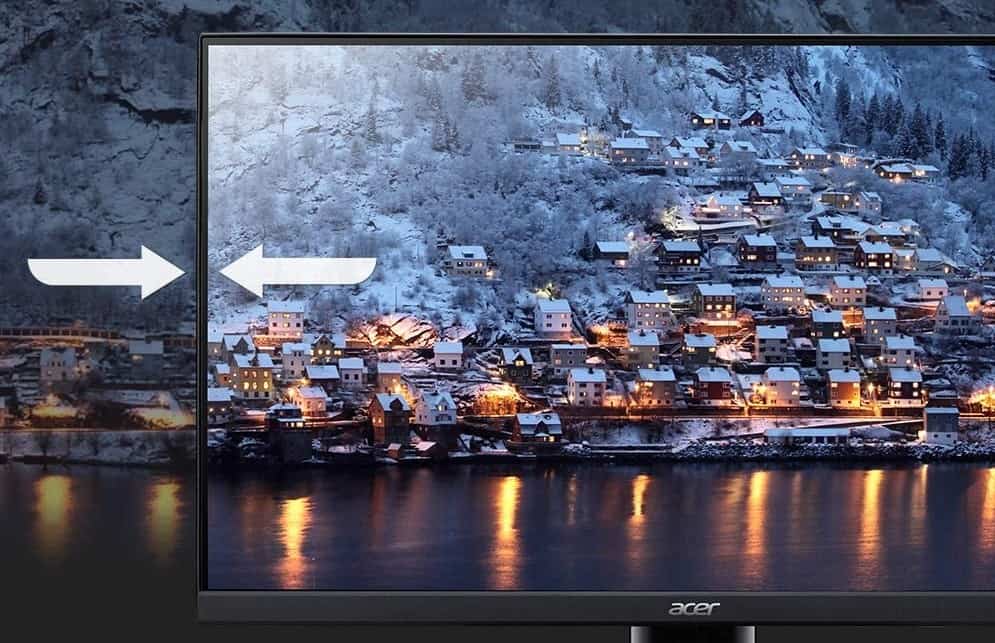

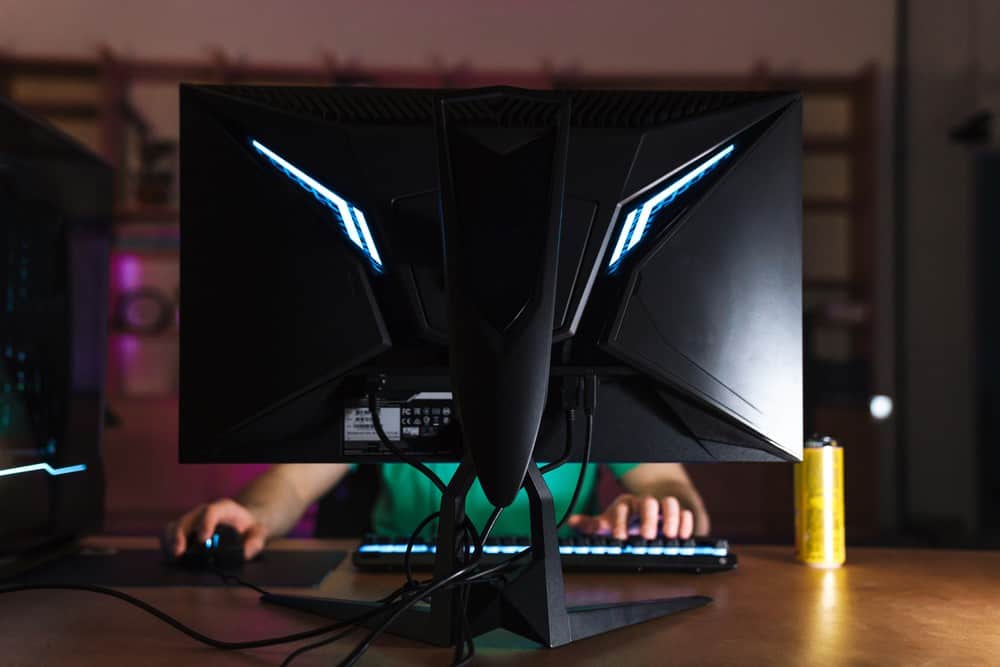
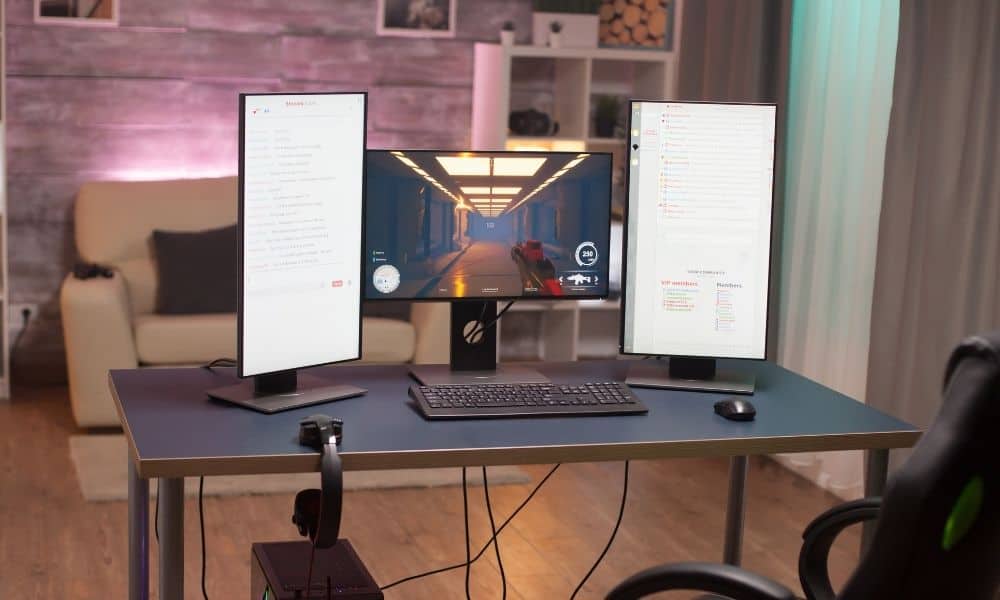
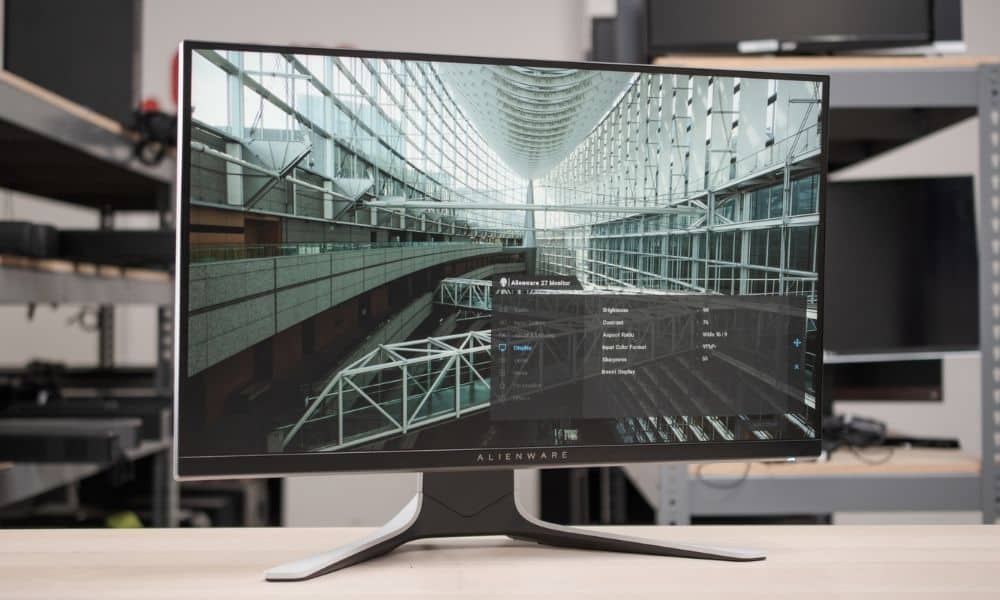


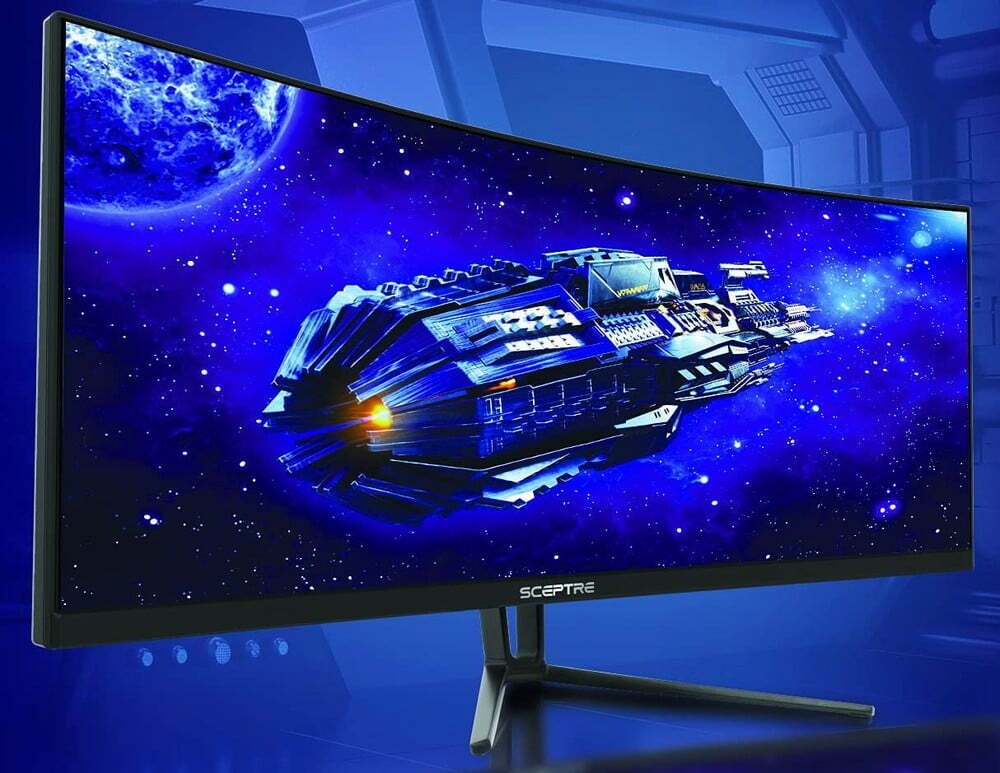











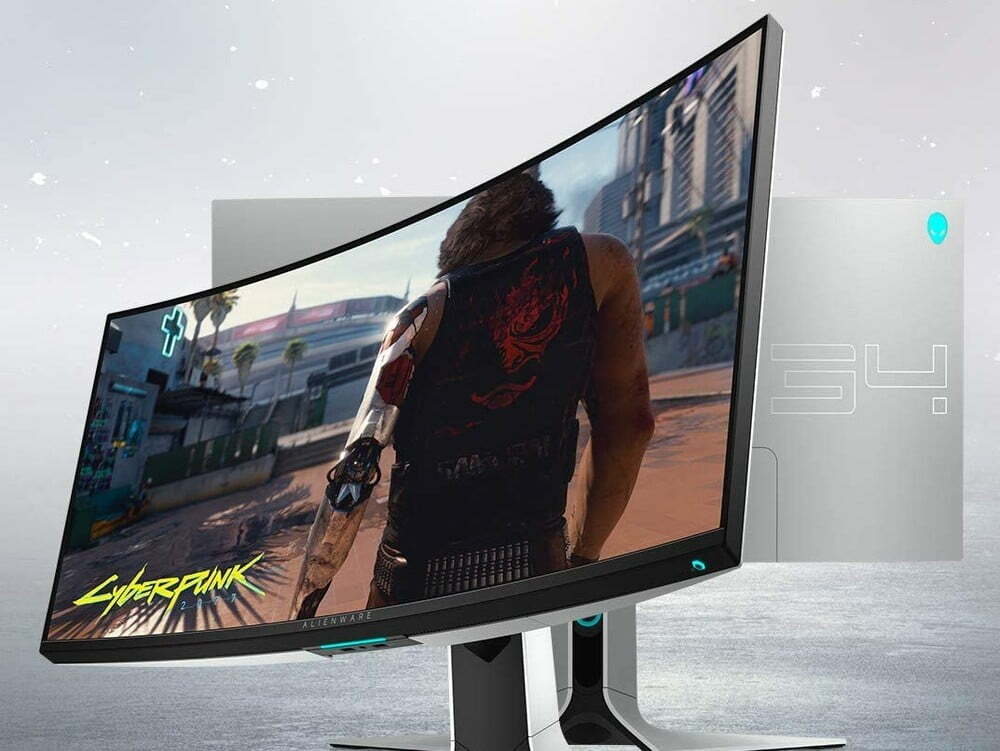
![Best 27 Inch Computer Monitor in [year] 27 Best 27 Inch Computer Monitor in 2025](https://www.gadgetreview.dev/wp-content/uploads/how-to-buy-the-best-computer-monitor.jpg)
![Best BenQ Monitors in [year] 28 Best BenQ Monitors in 2025](https://www.gadgetreview.dev/wp-content/uploads/best-benq-monitor-image.jpg.webp)
![Best ASUS Monitors in [year] 29 Best ASUS Monitors in 2025](https://www.gadgetreview.dev/wp-content/uploads/best-asus-monitor-image.jpg)
![Best Dell Monitors in [year] 30 Best Dell Monitors in 2025](https://www.gadgetreview.dev/wp-content/uploads/best-dell-monitor-image.jpg)
![Best Lenovo Monitors in [year] 31 Best Lenovo Monitors in 2025](https://www.gadgetreview.dev/wp-content/uploads/best-lenovo-monitor-image.jpg)
![Best ViewSonic Monitors in [year] 32 Best ViewSonic Monitors in 2025](https://www.gadgetreview.dev/wp-content/uploads/best-viewsonic-monitor-image.jpg)
![Best Gigabyte Monitors in [year] 33 Best Gigabyte Monitors in 2025](https://www.gadgetreview.dev/wp-content/uploads/best-gigabyte-monitor-image.jpg)
![Best Monitors for PS4 Pro Gaming in [year] 34 Best Monitors for PS4 Pro Gaming in 2025](https://www.gadgetreview.dev/wp-content/uploads/best-monitors-for-ps4-pro-image.jpg)
![Best Monitor for Xbox Series X in [year] 35 Best Monitor for Xbox Series X in 2025](https://www.gadgetreview.dev/wp-content/uploads/best-monitor-for-xbox-series-x-image.jpg)
![Best HP Monitors in [year] 36 Best HP Monitors in 2025](https://www.gadgetreview.dev/wp-content/uploads/best-hp-monitor-image.jpg)
![Best MSI Monitors in [year] 37 Best MSI Monitors in 2025](https://www.gadgetreview.dev/wp-content/uploads/best-msi-monitor-image.jpg)
![Best SAMSUNG Monitors in [year] 38 Best SAMSUNG Monitors in 2025](https://www.gadgetreview.dev/wp-content/uploads/best-samsung-monitor-image.jpg)
![Best LG Monitors in [year] 39 Best LG Monitors in 2025](https://www.gadgetreview.dev/wp-content/uploads/best-lg-monitor-image.jpg.webp)
![Best AOC Monitors in [year] 40 Best AOC Monitors in 2025](https://www.gadgetreview.dev/wp-content/uploads/best-aoc-monitor-image.jpg)
![Best Acer Monitors in [year] 41 Best Acer Monitors in 2025](https://www.gadgetreview.dev/wp-content/uploads/best-acer-monitor-image.jpg)
![Best Philips Monitors in [year] 42 Best Philips Monitors in 2025](https://www.gadgetreview.dev/wp-content/uploads/best-philips-monitors-image.jpg.webp)
![Best Stream Decks in [year] 43 Best Stream Decks in 2025](https://www.gadgetreview.dev/wp-content/uploads/best-stream-deck-image.jpg)
![Best Monitors For PUBG in [year] 44 Best Monitors For PUBG in 2025](https://www.gadgetreview.dev/wp-content/uploads/best-monitor-for-pubg-image.jpg)
![Best Monitors for Streaming in [year] 45 Best Monitors for Streaming in 2025](https://www.gadgetreview.dev/wp-content/uploads/best-monitor-for-streaming-image.jpg)
![Best Monitors For Flight Simulator in [year] 46 Best Monitors For Flight Simulator in 2025](https://www.gadgetreview.dev/wp-content/uploads/best-monitor-for-flight-simulator-image.jpg)
